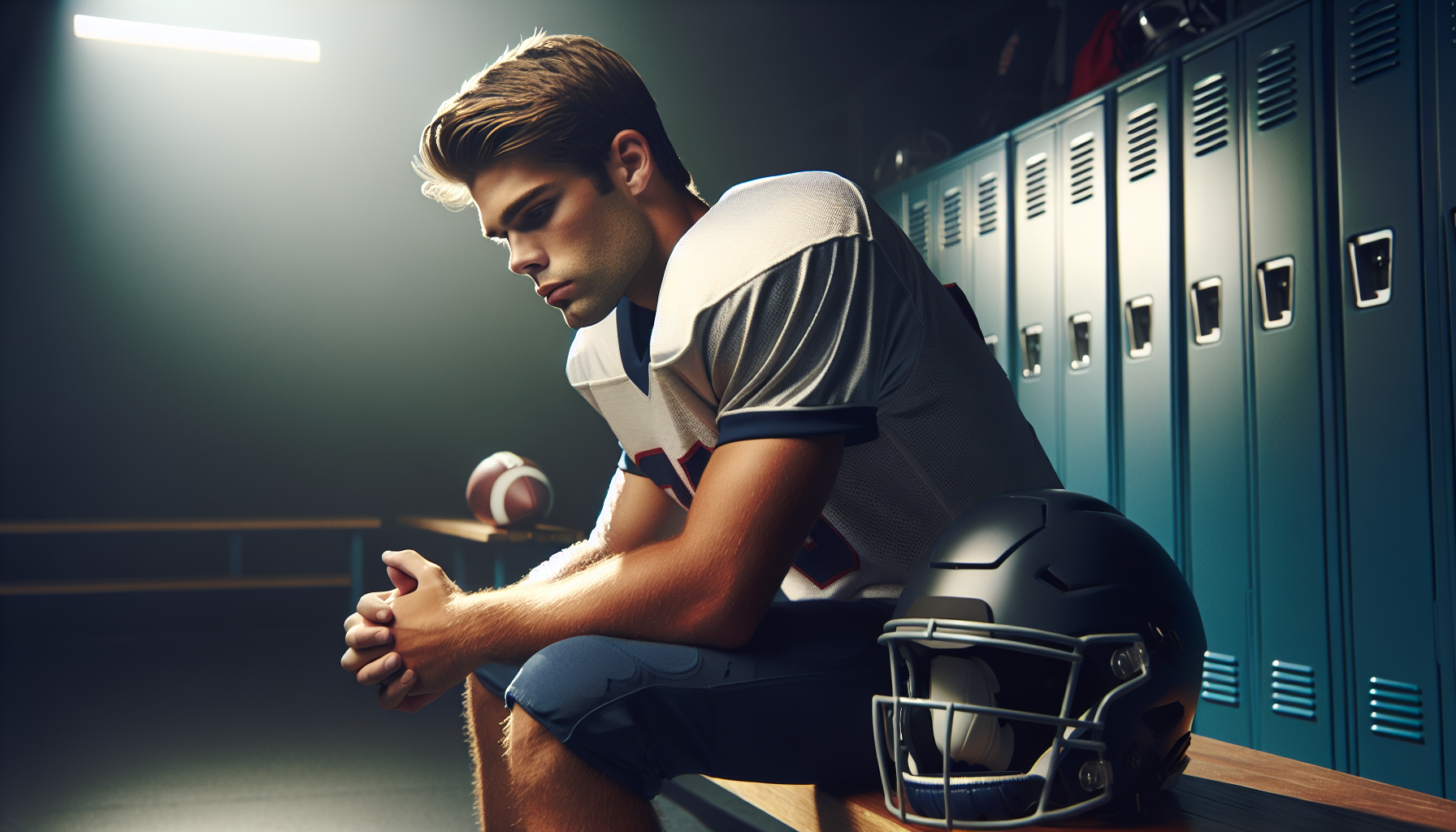In a startling moment for New York Giants fans, wide receiver Malik Nabers recently revealed his struggle with memory loss following a concussion sustained during a game against the Dallas Cowboys. This episode has brought renewed focus to the discussion surrounding concussions in the NFL and the significant impact they can have on players. While concussions are a known risk in professional football, Nabers’ experience sheds light on the personal challenges players face after such injuries.
The Incident: Unveiling the Concussion
Just a few games into the season, Nabers took a hard hit during a routine play against the Cowboys. Almost immediately, he felt something was off. Describing the event, Nabers commented on the surreal nature of the experience, noting that he momentarily lost his bearings on the field. Upon medical examination, it was confirmed that he had sustained a concussion. Despite the initial scare, Nabers was sidelined for his safety, sparking conversations about the ongoing risks of contact sports.
Understanding Concussion Symptoms
Concussions are complex injuries that can manifest symptoms in various ways. Commonly, they are characterized by:
- Headache or a feeling of pressure in the head
- Temporary loss of consciousness
- Confusion or feeling as if in a fog
- Amnesia surrounding the traumatic event
- Dizziness or “seeing stars”
- Ringing in the ears
- Nausea or vomiting
- Slurred speech
- Delayed response to questions
Nabers experienced many of these, making it clear to the medical staff the severity of his condition. The fact that he couldn’t recall details immediately following the hit was a major red flag.
The Road to Recovery
The Giants’ medical team immediately put Nabers on a defined protocol aimed at concussion recovery. This involves several stages, each designed to ensure the player recovers fully before returning to the field. Key elements of this protocol include:
- Rest: Physical and mental rest is crucial to allow the brain to heal.
- Gradual exertion: Slowly reintroducing physical activity helps gauge recovery.
- Medical evaluations: Continuous check-ins with doctors to monitor symptoms.
- Return-to-play strategies: Only when all symptoms are resolved, and evaluations are passed can a player return to the game.
During the recovery process, Nabers reported improvement but noted it was a gradual journey. His experience highlights the importance of allowing adequate time and care for recovery to prevent further complications.
Impact on Mental Health
The physical symptoms of a concussion are just one aspect of the injury. The mental health impacts, such as anxiety or depression, can be just as significant. Players often face uncertainty about their future in the game, which can lead to increased stress levels.
Nabers shared his personal struggle with the psychological effects, emphasizing the role of support systems, including family, teammates, and mental health professionals. Such support becomes invaluable as players work through recovery both physically and mentally.
The Broader Conversation: Safety in Sports
This incident reignites discussion around sports safety and the management of concussions. The NFL has invested in research and technology to better understand concussions, but players like Nabers continue to experience the harsh realities of these injuries.
Moreover, the ongoing advancements in helmet technology and rule changes demonstrate the league’s commitment to minimizing risks. Such efforts aim to ensure players’ safety while maintaining the integrity of the game. Articles from CDC provide in-depth information on concussion awareness, which is vital for players at all levels.
Concussions in the Spotlight: A Continuous Journey
Malik Nabers’ experience serves as a reminder of the delicate balance between athleticism and safety. Concussions can have long-lasting effects, as evidenced by his struggles. The NFL and player advocacy groups must continue to prioritize player health, ensuring protocols are strictly followed and updated with new research findings.
Nabers, like many athletes before him, is navigating his return with caution and determination. His story is one of resilience but also a cautionary tale that underscores the need for education around traumatic brain injuries. The journey to full recovery is a marathon, not a sprint, and Nabers’ experience is teaching many about the realities of football injuries and recovery.
With ongoing efforts, enhanced safety measures, and supportive environments, players can hope for a future where such injuries are less frequent and better managed. For more information on sports-related concussions, resources like the Mayo Clinic provide a comprehensive overview.
As the season progresses, Giants fans and the broader football community watch closely, hoping for a safe return for Nabers and others in similar situations. His journey is not just about recovery but evolving the conversation about player safety in the NFL.

